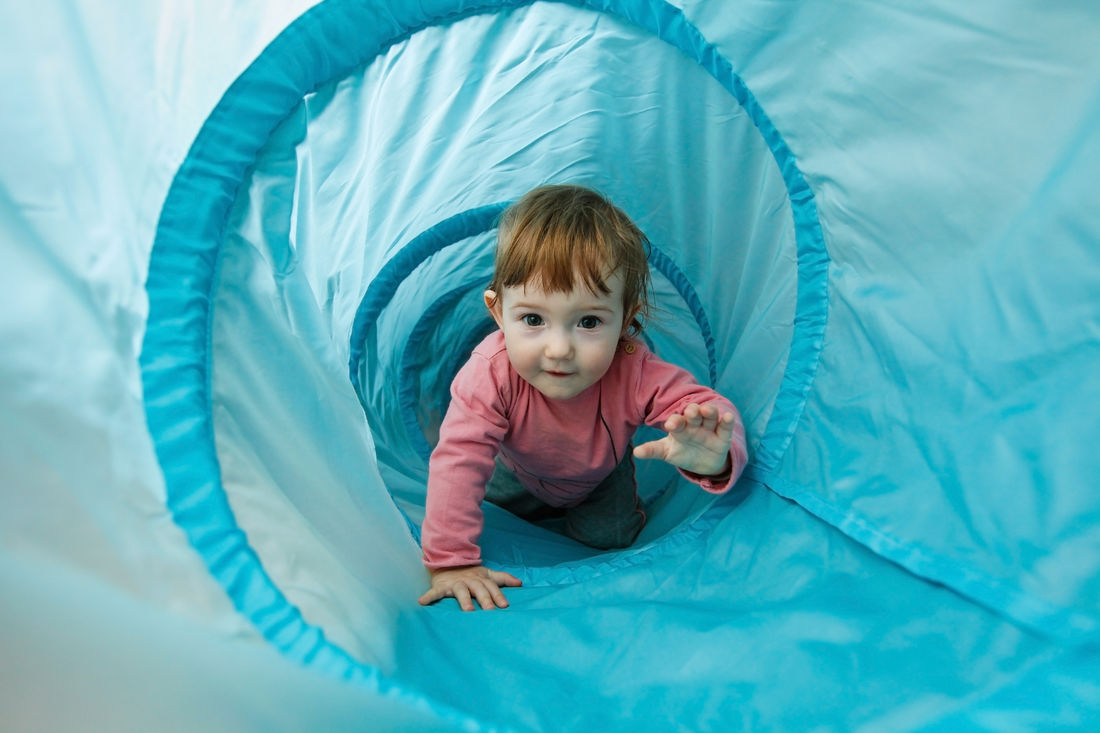Do you know a child that reverses letters? Bumps into people? Or has poor organisational skills? They may have difficulty with visual spatial relations.
What is Visual Spatial Relationship?
Visual spatial relationship allows the organization of the body in relation to objects or spatial awareness, and is used in all activities that require appreciation of spatial arrangements. It has implications for understanding how other objects, shapes, people, letters and words relate to each other.
Visual spatial relationship is important in the development of handwriting and other fine motor tasks as well as movement based activities. Spatial relations are also related to our visual perceptual skills as our eyes help us to judge distance and directionality between objects.
Implications for Development
Visual spatial skills are important in the development of gross and fine motor skills.
Gross Motor: A child with difficulty in this area may be clumsy in their movements and may have poor understanding of what is meant by words such as in, out, up, down, beside, left and right. A child may have difficulty staying within personal boundaries and their belongings may be scattered and disorganized.
Fine Motor: The child may have difficulty with letter or number formation. They may reverse letters, numbers, and whole words. Common letter reversals include d, b, p, q, s, z and g. Children may also have difficulty setting out work, ruling pages and drawing maps and diagrams. Writing may show poor spacing between words, poor alignment/sizing of letters and difficulties staying on the line.
Activities to Improve Visual Spatial Relationship
Some gross motor activities to help practice visual spatial skills include:
- Crawling under and through objects without touching them i.e. table, chairs, ropes
- Doing gross motor activities with eyes closed
- Completing obstacle courses
- Riding a bicycle around an obstacle course
- Climbing activities
- Locating objects in relation to oneself i.e. in front of, behind, to the left of etc.
- Imitating body positions
- Locating objects from verbal or written instructions
Some fine motor activities to help practice spatial visual spatial skills include:
- Copying shapes from one piece of paper to another in the same position
- Copying 3D block and lego designs
- Puzzles
- Sorting shapes, pictures, symbols, sequences and words into same or different groups.
- Activities that require the child to determine the object that is different or going the wrong way in a group of objects.
If you are concerned about your child’s spatial relationship, please do not hesitate to contact Kids First OT for more information or to book in an assessment.
